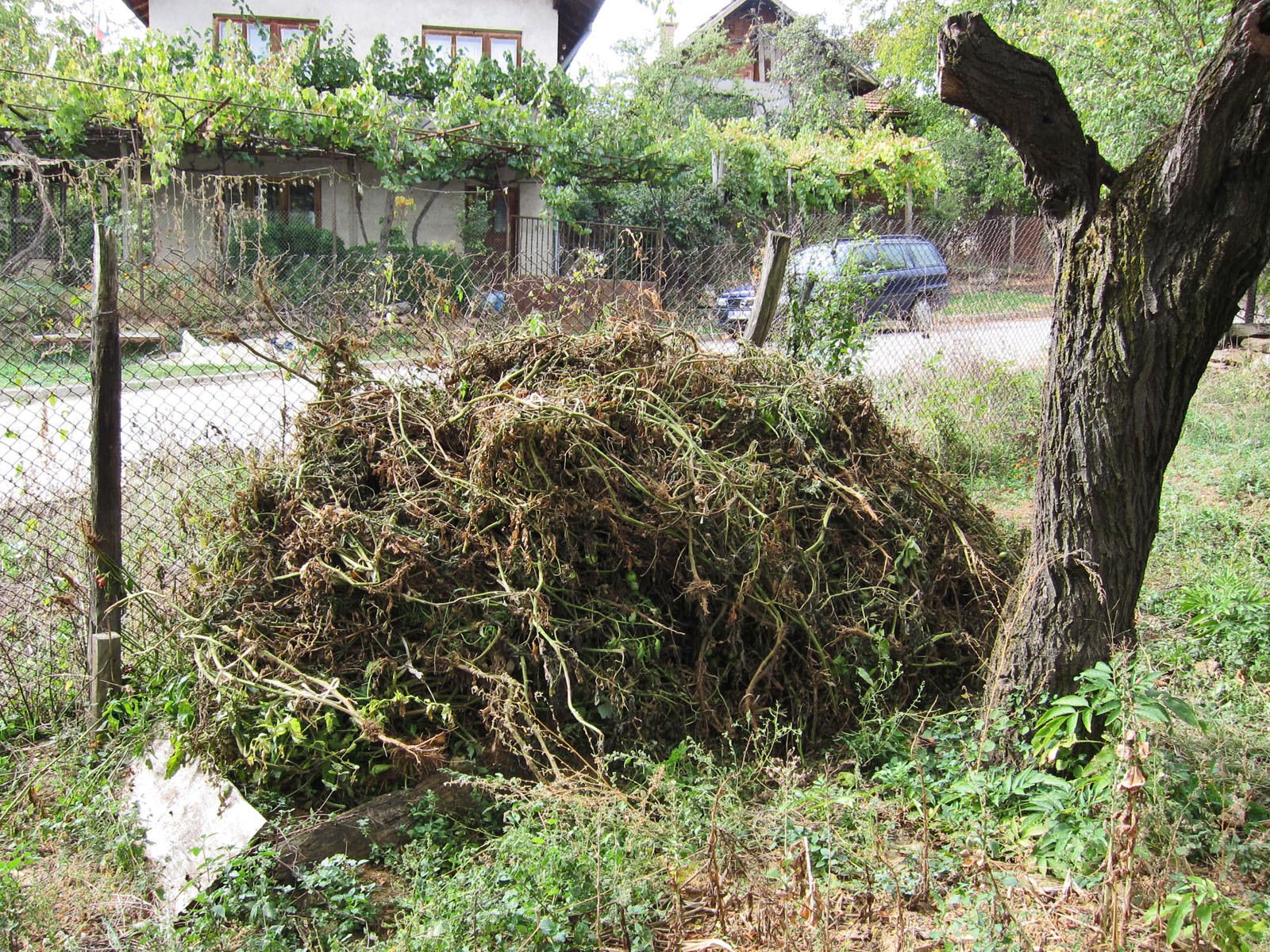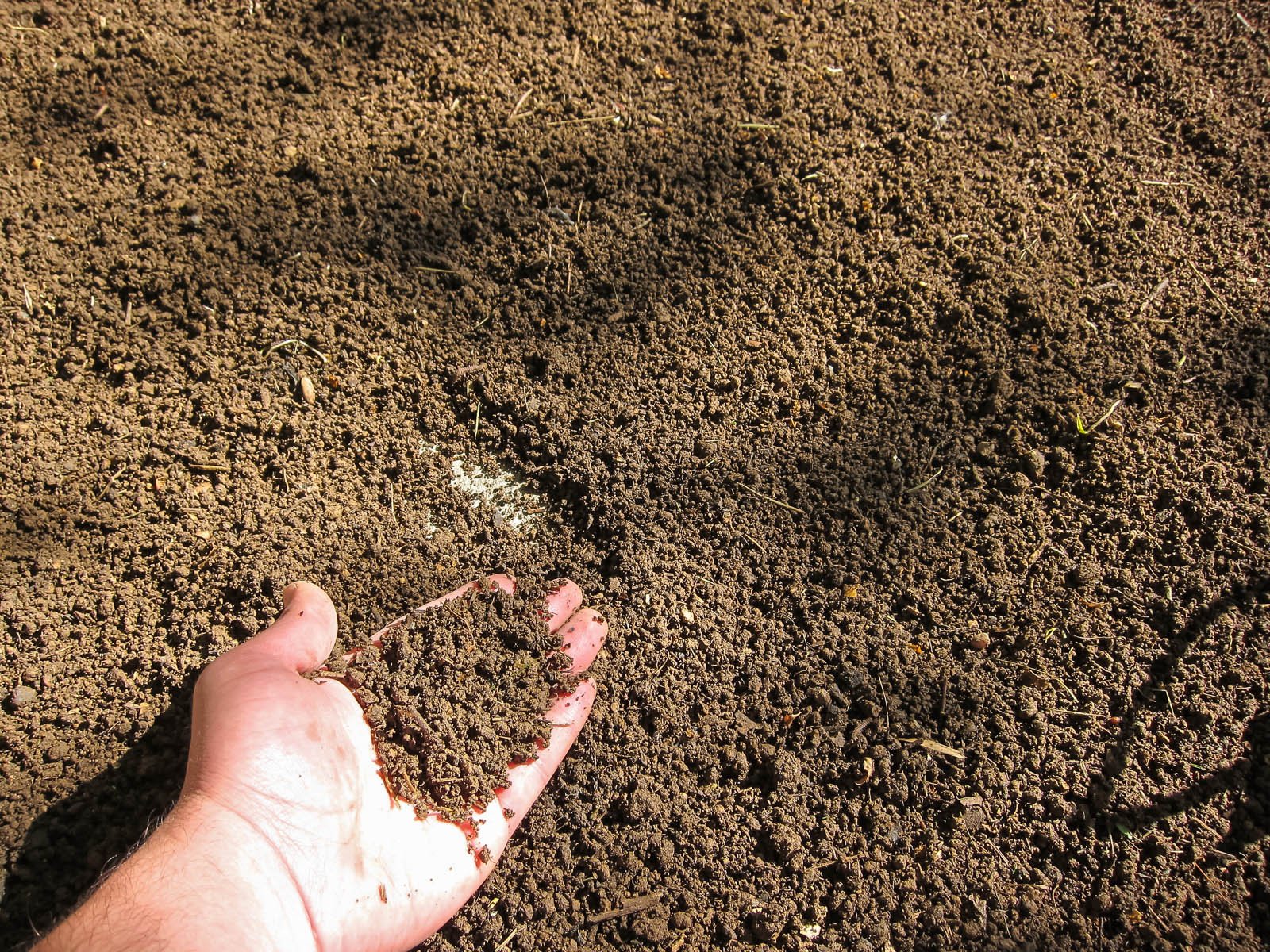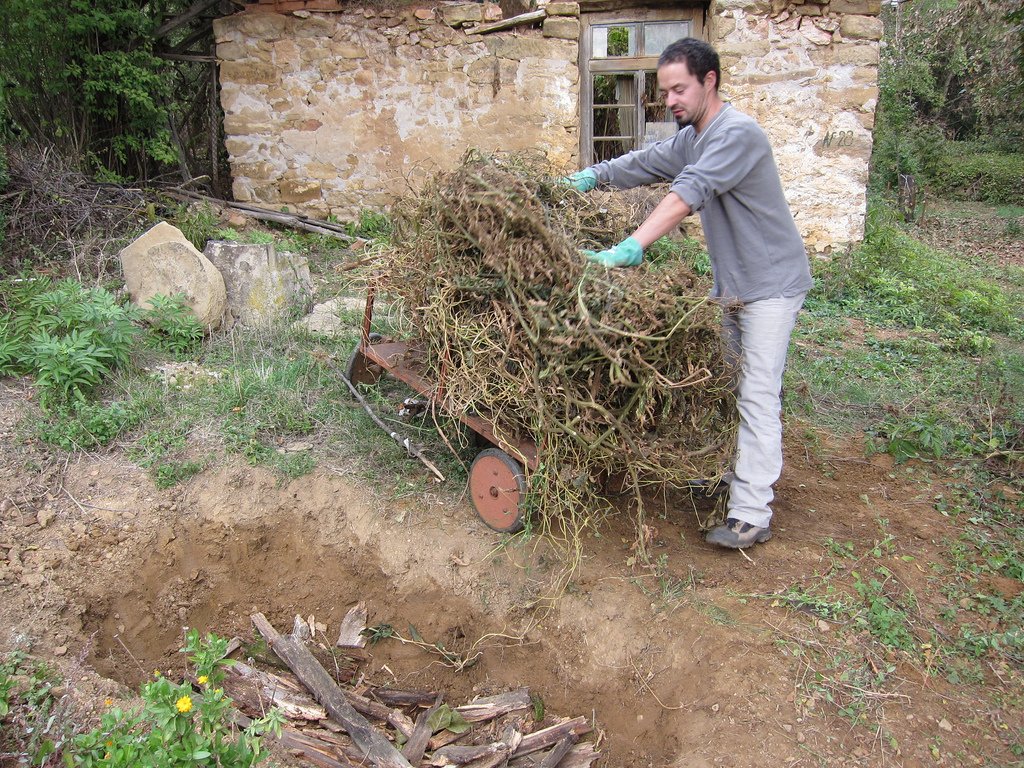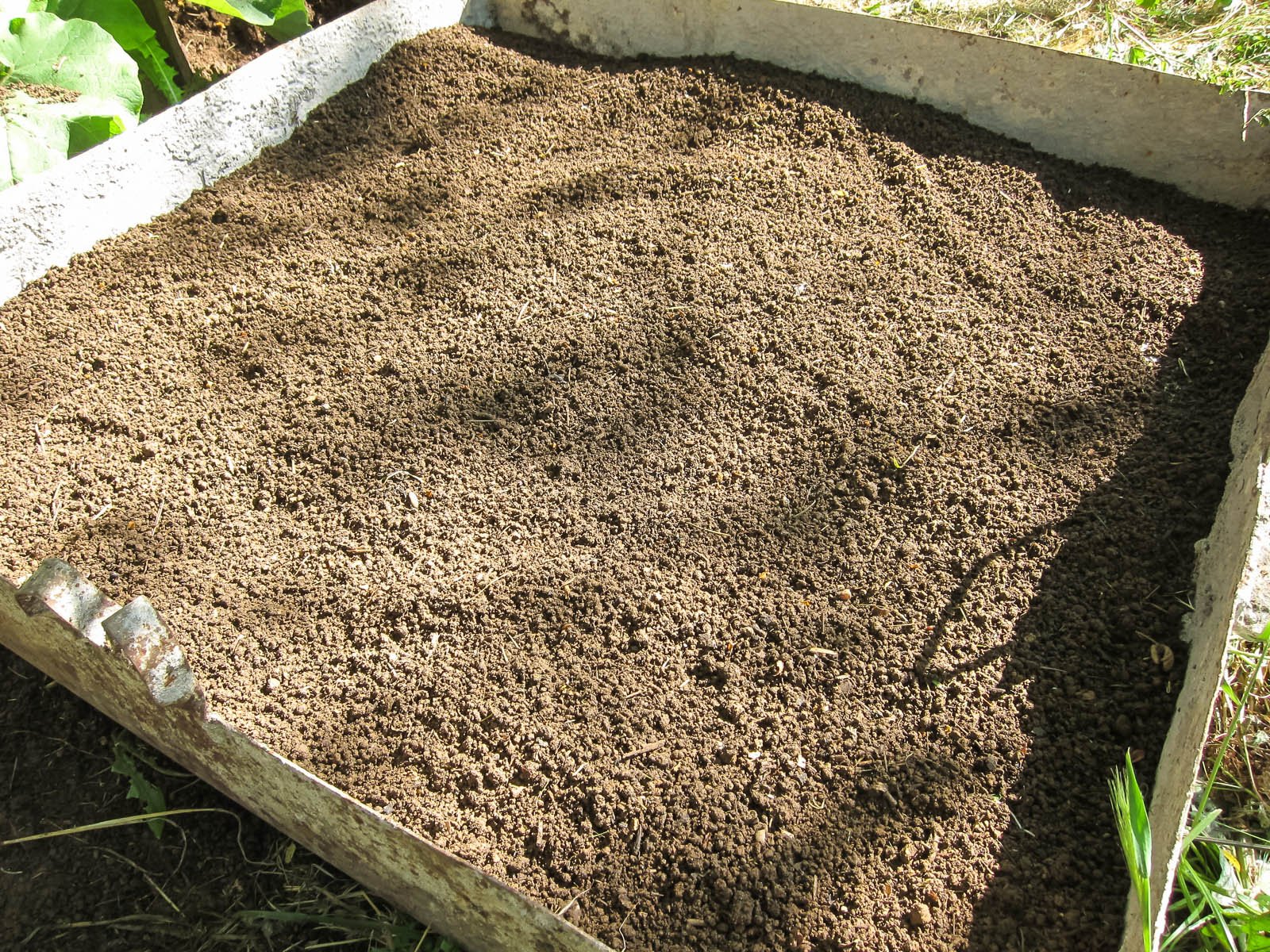Before even starting this post, I'd like to make clear that I'm very much aware of the proper way to make and maintain a compost pile. Let it rot! and was my daily reading for 6 months. The Complete Compost Gardening Guide and Teaming with microbes as well.
I also realize there are a wide variety of systems, including rotating plastic bins, vermicomposting, composting only tree leaves and grass clippings, etc...
That said, my experience so far with proper compost proved it to be very time consuming, very labor intensive and very material sensitive! That's the exact opposite of my wants and needs!
In the last 9 years we've been weekend gardeners - the very last 3 of those in our own new garden. What we do need is a place to dispose (without any prior thought or planning) of all organic material that includes everything from a 10 liter bucket of kitchen scraps each week, to a pile of plant stems as tall as I am in a weekend, to a cubic meter of grass clippings in an afternoon!
After reading those books and watching hours of videos and even digging into some scientific research on the topic, I was almost ready to give up composting. I was willing to just dump all the organics I had into a huge messy pile with no regard to carbon-to-nitrogen ratios and moisture levels and temperature measurements and turning it like 10 times a day and just let it rot.
So that's what I did!
And it worked beautifully! Here's the TL;DR version.
What we began with, a 150 cm tall pile of garden "waste".

It was covered loosely with 1-2 cm of soil for the winter. Next year we continued piling all (I really cannot stress that enough) household and garden organic material on top. We let it sit another winter.
In the spring, we just pushed the top layer to the side, to become the base of a new pile. And then we sieved the material below using chicken wire. That's what we got as a result.

Further details
In the mean time we did several other experiment to see which suited our needs and lifestyle better. We tried:
- Composting in place. Easy, but mess in the garden. OK for a perennial setup. Very slow composting, as plants just lay on the ground. Much improved results if the dead plants are covered with a deep layer of straw for the winter and pressed down, but that requires buying straw.
- Trench composting, a.k.a. pit / hole composting. Very tidy and relatively easy for the weekly bucket, at least during warmer months. Impossible in the winter, except with pre-dug holes, which requires much labor and planning. Also impossible in the autumn, when there's an influx of dead plants. You'll be digging graves for weeks, as a neighbor used to say.
- Using a pre-fab plastic composter of the non-tumbling type. It sucks to pay a very high price for what essentially is an plastic box. Limited space - try to stuff a few wheelbarrows worth of grass clippings and leaves in there! Nice aesthetic, but does not scale. Not much faster than a well-positioned regular pile.
- Keeping red wigglers in a bucket on our apartment's balcony. Just let those loose in the pile for massively improved results, don't bother with the bucket if you're going to have a compost pile!
- We even did some "inverted hugels" as we called them. Instead of stacking wood and then organics and then soil to create a mound (that's rather dry, being a super well-drained medium), we dug a hole, put the rotten wood on the bottom, then piled organics on top and covered with dirt. This setup retains much more water in the first year and allows easy planing in it afterwards - no danger of collapsing sloped walls! Amazingly, all those plants reduces to compost for less than an year and we planted a tree in that hole. We won't be doing that again, however, as it requires plenty of digging - that's always gets the frowns in our family!

I know that not making a "fast and hot" pile there's the risk of seeds and pathogens living through the process, but frankly, there are much more efficient seeds and pathogen dispersal mechanisms in nature (animals and wind, for example)
I also know that probably most of the nitrogen content has leeched out in the process, but that's OK. Just the organic content + all the beneficial microbes inside alone are enough of a reward for a process that takes no more time or effort than to just pile stuff together!

So what's stopping you making your perfectly... acceptable slow compost? Let me know in the comments!
Some of my other posts in the same lazy spirit of "easier done than said"!
